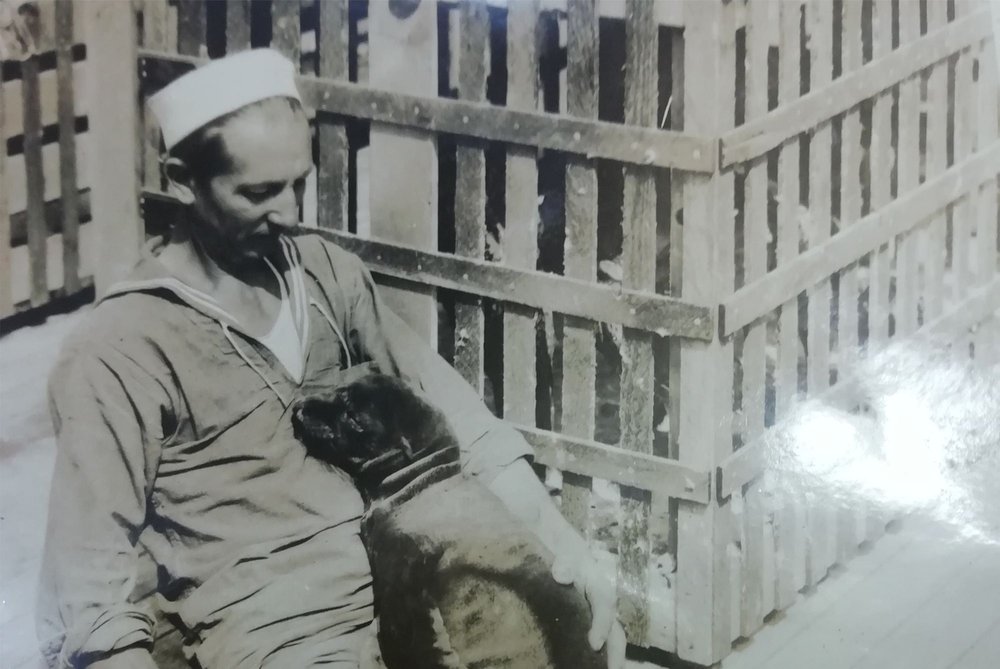
The CDF Archive has an audiovisual section that, while not extensive, is rich in content. It is a collection that includes hundreds of photographs, slides from all eras (with glass, metal, plastic and cardboard frames), negatives, proof prints, films and videos in all the formats produced by the industry —including a few rolls of the infamous cellulose nitrate—, audio cassettes, and the magnetic and optical media that are more familiar to the new generations: floppy disks, ZIP disks, CDs and DVDs.
It is a true kaleidoscope of formats: the paradise for a librarian interested in knowing how materials used to save memories from oblivion and transfer information to the next generations evolved. After all, that's what librarians, archivists, and related professionals do for a living.
Among all the documents of the still incomplete inventory of the audiovisual collection, those that attract more attention and provoke everybody’s interest are the oldest ones. Maybe because they rescue from the jaws of time facts, landscapes and people who hardly have left more traces than those who survived on those materials.
The oldest collection of photos in the CDF Archive is, so far (and I say "so far" because we continue opening boxes and discovering things week after week), the so-called "Nourmahal” album, a collection of pictures printed on paper and dated in 1930.
The Internet tells us that the USS Nourmahal was a ship of about 80 m in length, built in 1928 as a recreational yacht for the American billionaire Vincent Astor in the Krupp shipyards of Kiel, Germany. It was the third yacht of the Astor family that bore that name (which in Hindi means "Palace Light" and belongs to the heroine of a poem included in Lalla Rookh, a novel by Thomas Moore of 1817). The cover of Time on February 6, 1928 proclaimed it the best ship of its time. In 1940 the boat was acquired by the US Coast Guard for a million dollars, and in 1943 it was turned into a gunboat to face World War II. Luckily for her, she never needed to go into combat. In 1946 it was confiscated, and in 1948 it was abandoned. Its history ended in 1964, when it was sold for $27,000 and disarmed.
Between 1928 and 1942, besides purely recreational uses, the ship was used for philanthropic purposes, including serving as a means of transportation to various naturalist expeditions. Specifically, between March 23 and May 2, 1930, Vincent Astor brought a group of American scientists to Galapagos on a trip for collecting biological samples. The researchers belonged to the New York Aquarium, the American Museum of Natural History and the Brooklyn Botanical Garden. The album "Nourmahal" shows details of that journey, panoramic views of the lush, forested nature of the upper part of Santa Cruz Island, and moments of the identification, collection, and handling of specimens.
And among them, one curious picture is the one I share here: a sailor with a young sea lion on his lap.
The image draws attention to the way in which the island's wildlife was handled back then. A treatment that lasted until recent times and that was reflected in other photographs, much closer chronologically, and also preserved in our Archive.
As a whole, the album "Nourmahal" is a valuable historical item that documents academic and scientific practices that today may generate at least some debate, although such work composes the foundation of what is known today about Galapagos. From nowadays’ point of view, many of the scientific expeditions of those times carried out real looting of the Galapagoan biodiversity.
Personally, every time I take a look at the picture, I put aside academic matters or ethical disquisitions and end up wondering who that sailor was, what did he feel when carrying the sea lion on his lap, or what was the fate of that animal.
For the images that we keep in libraries and archives have the ability to send us to other times and places, in a personal and intimate experience of "time travelling." The magic of those small fragments of memory and history —encapsulated on a piece of paper or photographic film— is that, as if they were windows, they allow us to connect directly with that moment already gone and with its protagonists. With a minimum effort of imagination, and if we get carried away, they allow us to even feel them close, breathe the air they breathed, hear their voices...
And that includes that sailor who worked on one of the best yachts of his time and came to the Encantadas at the beginning of the last century, and a small Galapagos sea lion that was torn from its native islands to face a trip without return and with an uncertain destination.





